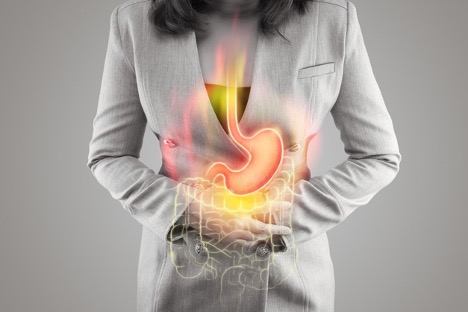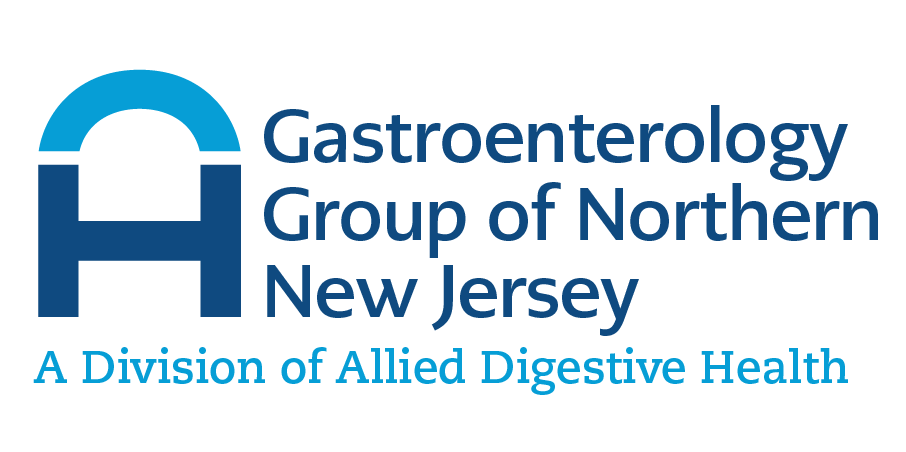
It is best to know what kinds of foods are and are not ideal to consume if you are an acid reflux sufferer. Changes in your diet may not completely clear up all symptoms of acid reflux. But they can help you take significant steps in the right direction. At the very least, knowing what NOT to eat can help you avoid flare-ups of your acid reflux. You can also avoid the pain of those flare-ups.
What is GERD/Acid Reflux?
The term GERD refers to Gastroesophageal reflux disease. This happens in the body when stomach acid continues to flow back into the tube that connects the stomach to the mouth. If that acid continues to get pushed back into that tube repeatedly, it can irritate and damage the lining of the esophagus. When that happens, the sufferer experiences the pain and discomfort called heartburn.
The Mayo Clinic explains that most people can manage GERD with lifestyle changes, including diet changes. There are also over-the-counter medications that one can take to reduce the severity and frequency of heartburn. In some rare cases, sufferers must get surgery to relieve their symptoms. Before reaching that point, the best thing for a GERD patient is to change their diet to see if they find relief.
Foods That Help Prevent Acid Reflux
Those suffering from GERD will want immediate relief from the symptoms. John Hopkins Medicine explains that many people experience heartburn on occasion. Still, some people experience it virtually every time they eat:
Getting a case of acid reflux (heartburn) occasionally isn’t unusual. But some people suffer from burning discomfort, bloating and belching almost every time they eat. About 20% of the population has gastroesophageal reflux disease (GERD), a chronic acid reflux condition diagnosed by a doctor.
One of life’s simple joys (enjoying a nice meal) can quickly become associated with pain and discomfort for some individuals. However, not every meal has to be a battle. Instead, there are certain foods that one can eat which will help prevent symptoms of acid reflux.
High-fiber foods are ideal for heartburn prevention. Fiber is highly effective at liquid absorption in the body. This makes it one of the perfect nutrients to disrupt the processes that cause heartburn. Examples of high-fiber foods include the following:
- Oatmeal
- Brown rice
- Green beans
- Carrots
- Beets
Another option to consider is lean proteins. Drop the heavy red meats like steak and hamburger in favor of leaner options such as chicken and fish. Pay attention to the cut of meat you purchase in the grocery store. The amount of meat plays a significant role in how fatty the meat is, which directly contributes to the possibility that it might cause symptoms of acid reflux. Note these things when you purchase the meat you plan to stock in your refrigerator.
Best Foods for Acid Reflux
While reviewing the best and worst foods for acid reflux, you will want to start your list with the best foods for dealing with this issue. Get yourself excited about the foods you should be eating instead of being discouraged about the foods you must avoid. Based on scientific studies and patient results, experts explain which foods are best for acid reflux. The following are some foods that are best for acid reflux:
Melons
There are a lot of different options that fall under the melons category. You can enjoy a juicy cantaloupe or the summertime favorite, watermelon. All of these melons have properties proven to help manage heartburn symptoms.
Ginger
A natural root, ginger is excellent at breaking down your stomach contents in a way that reduces the amount of acid churning around your body. You can easily add ginger to recipes you love for extra flavor and assistance with managing your acid reflux.
Lettuce
If you aren’t sure about the best and worst foods for acid reflux, you can always rely on the tried and true salad. Adding lettuce to your diet is good for getting extra vitamins into your system but also for managing your acid reflux symptoms.
Worst Foods for Acid Reflux
Conversely, we must examine the worst foods for acid reflux. Sadly, our world is full of foods that trigger acid reflux. Many people ultimately develop gastroesophageal reflux disease due to a poor diet. With that in mind, we must look at the worst foods for acid reflux.
Coffee and Tea
Coffee and tea are staple drinks for most people. It is easy to reach for the coffee pot in the office to get a kick of caffeine into your body to make yourself feel more alert and active. However, there can be some significant drawbacks to doing this as well. Coffee and tea, among other caffeinated beverages, trigger acid reflux symptoms.
Tomatoes
Tomatoes and anything made from tomatoes contains many acids and will likely lead to an acid reflux attack in those prone to getting them anyway. This is why ketchup and pizza sauce are no-goes for acid reflux sufferers.
Alcohol
There are a lot of adverse health effects related to the consumption of alcohol, and acid reflux is on the list. Alcohol consumption is normalized in society, but leaving alcohol behind can help improve your acid reflux symptoms.
Contact Us
There are many things to consider if you or someone you love suffers from GERD/acid reflux.
However, there are steps that you can take today to start improving your condition. Even small changes can have significant impacts over time and are worth consideration. Get started today.
Footer
© All Rights Reserved 2021


